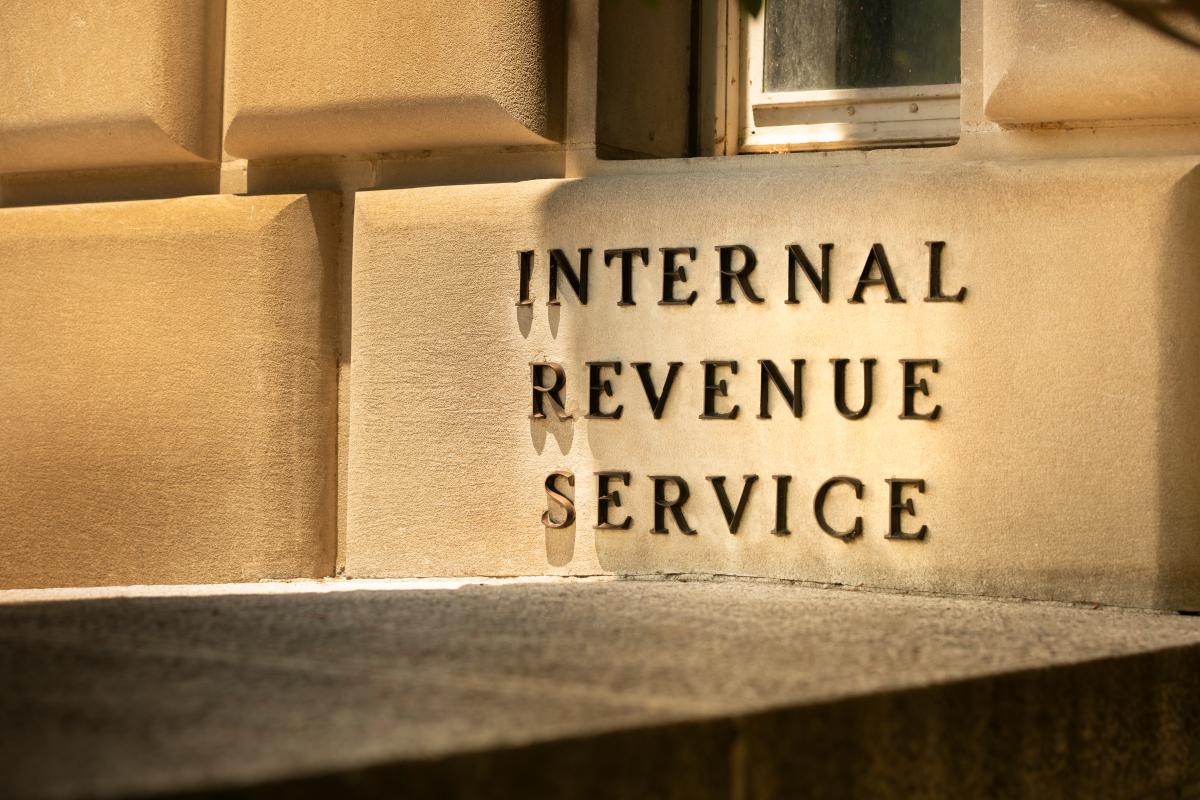
 The American Retirement Association is calling on the IRS to issue guidance immediately addressing the SECURE Act’s long-term part-time employee rule that has immediate impacts on plan sponsors.
The American Retirement Association is calling on the IRS to issue guidance immediately addressing the SECURE Act’s long-term part-time employee rule that has immediate impacts on plan sponsors.
In a May 21 letter to the IRS, the ARA recommends that the agency issue guidance under section 112 of the SECURE Act clarifying that employees who enter a plan before 2024 are not employees as described in Code Section 401(k)(15)(B)(i), and therefore are not subject to accelerated vesting described in Section 401(k)(15)(B)(iii).
In general, Section 112 of the SECURE Act requires employers maintaining a 401(k) plan to have a dual eligibility requirement under which an employee must complete either a one-year-of-service requirement (with the 1,000-hour rule) or three consecutive years of service where the employee completes more than 500 hours of service.
The provision provides that a plan cannot require an employee to complete a period of service beyond three consecutive 12-month periods during each of which the employee completes as least 500 hours of service (the Long-term Part-time Employee Rule), and also not beyond the period permitted by Code Section 410(a)(1).
The ARA explains that the new paragraph 401(k)(15) stipulates that an employee who is eligible to participate in a plan solely by reason of the LTPT Employee Rule and who receives employer contributions must be credited with a year of vesting service for each 12-month period in which the employee completes at least 500 hours of service.
While the SECURE Act excludes years before 2020 for purposes of eligibility, it does not exclude those years for purposes of vesting, the ARA notes.
As a result, plan sponsors and practitioners are concerned whether an employee who is currently receiving employer contributions could be entitled to vesting under the lower 500-hour standard instead of the 1,000-hour standard under Code Section 411.
The ARA provides an example where a plan permits all employees to participate following three months of service—in both the deferral portion of the plan as well as the match component. In the example, a plan has a five-year graded vesting schedule on the match and an employee earns a year of service for vesting by completing 1,000 hours during the 12-month vesting computation period. Employee A works 750 hours per year for five years, beginning in 2019. Employee A began participating in the plan in 2019, after completing three months of service.
“ARA recommends that the Service clarify now that this employee is not subject to the accelerated 500-hour vesting rule because the employee is not eligible to participate in the plan solely by reason of the Long-term Part-time Employee Rule,” the letter states.
The ARA further emphasizes that the IRS should issue this guidance more quickly than other SECURE Act guidance because it:
- affects current design and administration of plans and may be material in costs to plan sponsors;
- will resolve significant issues relevant to many retirement plan sponsors and practitioners; and
- will promote sound tax administration by helping plan sponsors and practitioners to maintain retirement plans in compliance with section 112 of the SECURE Act while still complying with the requirements of Sections 401(k)(15)(B)(iii) and 411(a)(4).
- Log in to post comments
